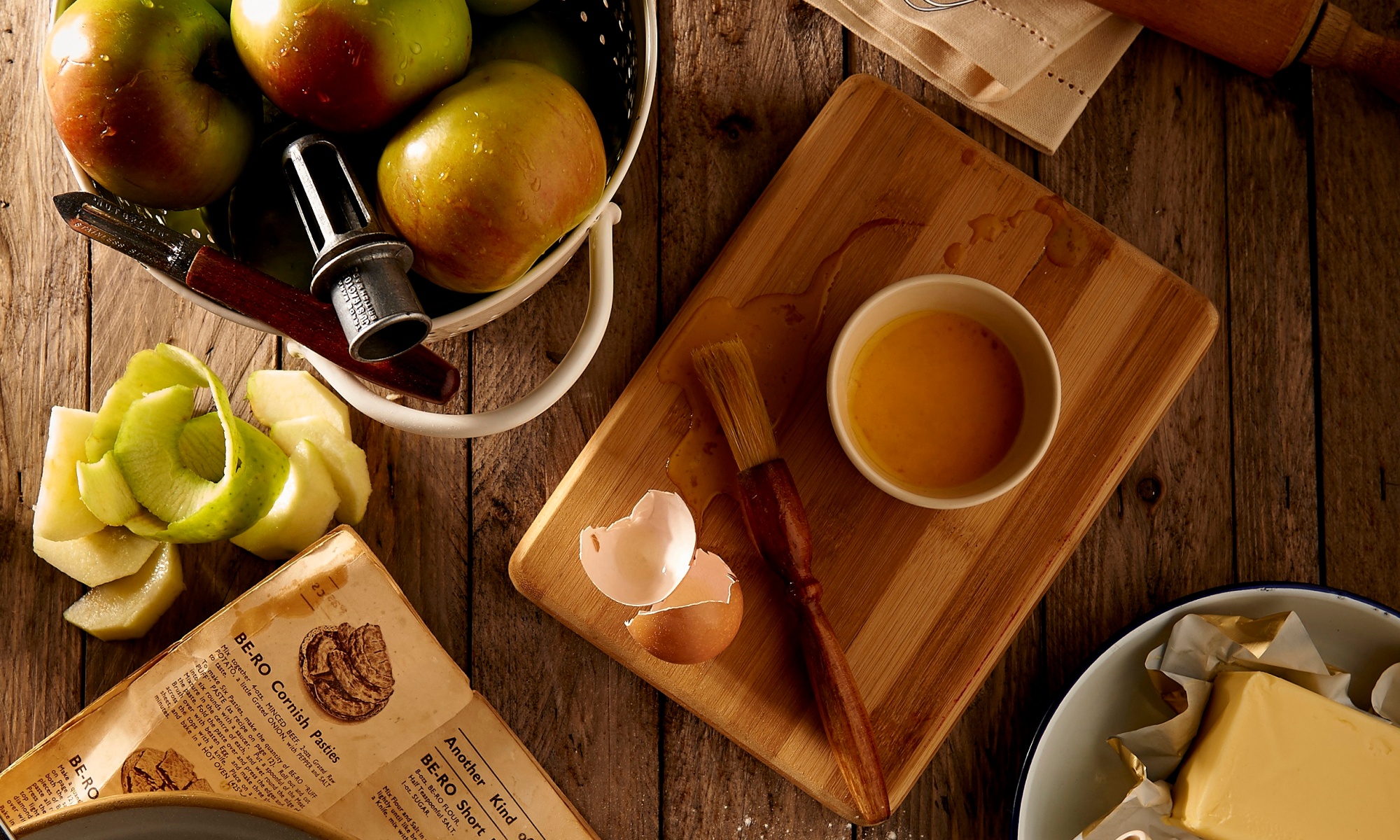I am continually fascinated with Dunbar’s Number.
In monkeys and apes, there is correlation between primate brain size and the size of their social groups, and by extrapolating this relationship we would expect humans to have a natural upper limit to the number of people in their group to about 150. This is what is known as Dunbar’s number, and turns out to be surprisingly common in human social organisation.
R.I.M. Dunbar, Dunbar’s Number, NewScientis.com, https://www.newscientist.com/definition/dunbars-number/

Hunter-gatherer groups tended to split into smaller groups around this size. English villages tended to be about this size.
It is key to remember, though, that the family should not be counted as biology has different rules for kinship. Natural selection rewards behaviors increasing the success of one’s genes and family drive ensures one’s genes thrive.
Acquaintances are not the same as friends.
Another hack humans use: rules to get around our inability to adequately know everyone else in our society. Read my Shortcut: rules post. Though other shortcuts like labels apply.
I need to read more science on this, but my feeling about the mechanics behind this comes from argumentation. We need memories from our experiences with individuals to anticipate their behavior. We need common experiences to share stories, bond, and trust. The ability to persuade others is tied to our understanding of them, which works best when we know something about them, which works best when we know them well. Dunbar’s number was important for survival.
In the age of social media and the quest to accumulate followers, the trick is to create false friendships. There is one-sided information shared from celebrities to followers, where the followers know a curated version of a person and the person knows almost nothing about the followers. That’s another fake form of friendship.
Acquaintances, aka weak links, are also important. It is how we obtain jobs, romantic connections, and cultivate new friendships.
We should also strive for quality friendships. Shared experiences. Shared stories.
More:

